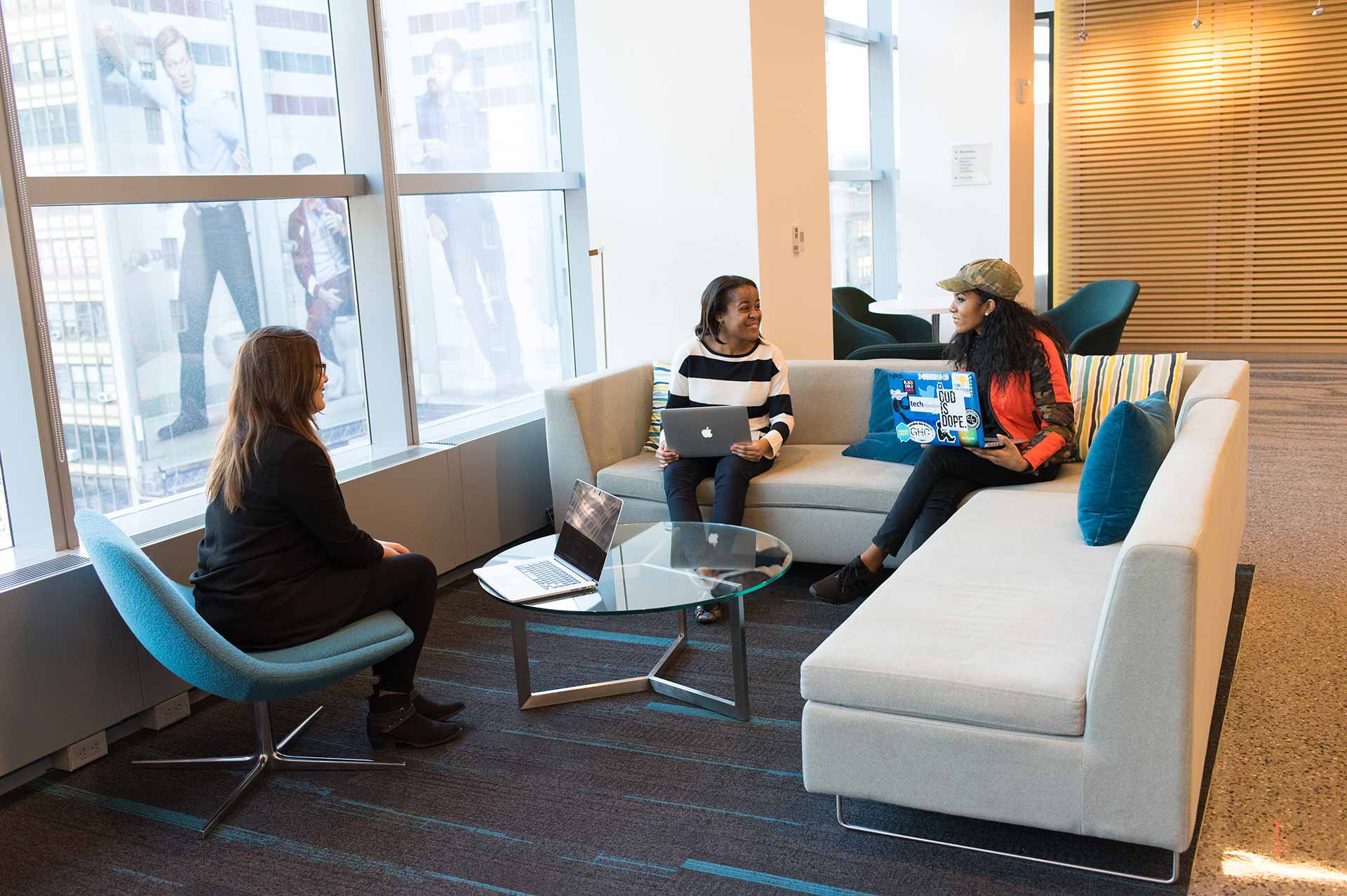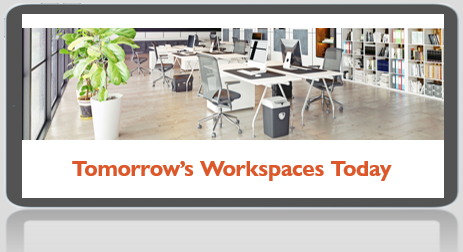Top Tips for Choosing the Right Furniture
Furniture will last a lifetime…if it’s so uncomfortable that no one uses it.
The furniture you select for your workspace can influence the organisation’s appearance, culture and most importantly, the atmosphere.
Attracting and retaining talent is a priority for any organisation – an aesthetically pleasing office that offers a variety of working styles can help support this. A dynamic workplace environment can help minimise both employee turnover and facility costs.
Taking care when selecting the best items for your office is so important, not only because it’s expensive, but because it sends a message to your employees.
Here are eight top tips to help you choose the right furniture:
1. What your company needs
Establish what furniture types, quantity and quality your organisation requires. Are you planning on replacing all pieces? Or, are you hoping to source items that will compliment your existing pieces?
2. Budget and timeline
Define the budget and timescales for installation before researching options. This will help you decide on costs and where to source furniture (some items could take weeks to make and deliver).
Ensure that both the budget and timelines are realistic to help you to achieve your workplace relocation objectives.
3. Buy or Rent?
There are two options when obtaining furniture – rental or purchase. Renting might be more appropriate depending on the project type and budget.
It might also work out cheaper, which adds to the advantage of your relocation finance forecast.
4. The furniture’s purpose
Consider your new furniture and its functions. It may look great to have stand up desk, but is it really practical and will it get used?
You should also think about using particular items that encourage collaboration, whether it’s a chalkboard or a break out beanbag area.
Ensure that your selection meets with your corporate objectives and can be used by all of your employees.
5. Visit the showroom
Your chosen furniture partner will showcase a number of items chosen especially for your workspace. Arrange a visit to their showroom to see and feel the pieces up close, as items can sometimes look very different in a brochure.
Your chosen fit out furniture partner will suggest different manufacturers, have experience of each range and arrange the delivery and installation into your new workspace.
6. IT requirements
Your new items need to integrate with your IT strategy. Does your new desk have a cable management function? Can you store relevant documents or laptops in your locker or pedestal? What is the right option for your staff – lockers or pedestals? Is it secure?
These are some considerations that, although arguably not the most attractive part of new furniture implementation, are integral to the functionality of your office.
7. Health and Safety
The chair is the most important piece in the office due to the amount of time spent in it. Furniture that supports posture in a standing, sitting or perching position must always be considered.
This is what needs to be considered when thinking about how office furniture affects productivity — if your employees are uncomfortable, it will provide an unpleasant, morale-sapping distraction during their working day.
While physical comfort is essential, you should also look into the long-term health impacts or benefit each piece can have.
8. Sustainable and recyclable furniture
Items that are sustainable and recyclable are becoming increasingly popular within organisations.
This type of furniture not only considers the methods of production, but also the environmental impact.
Your fit-out specialist will advise on credible manufacturers, certified to provide these kinds of options.
If you’re considering a furniture strategy to suit your business, contact us for more information.
Related stories
As the workplace evolves with the prevalence of hybrid working, technology follows suit. Read our guide on moving I.T to ensure your business is prepared.
Whether it be storage for a relocation, security, safety, or even decluttering to create space, ensure you’re asking the right questions.
The post-pandemic return to the office has given rise to a new phenomenon: desk engagement.

























